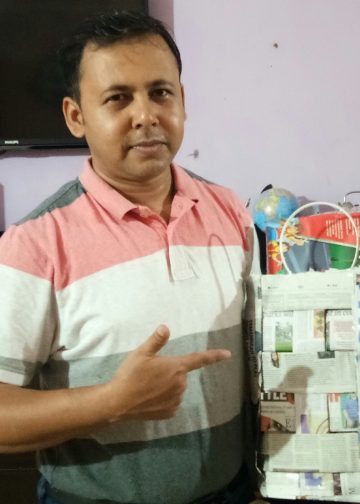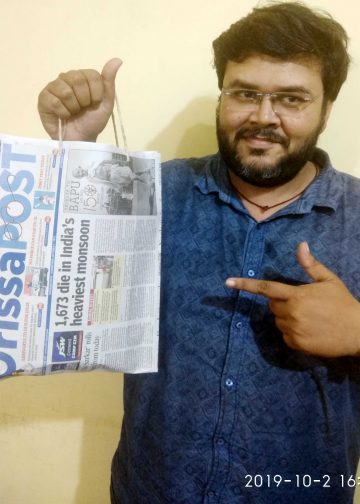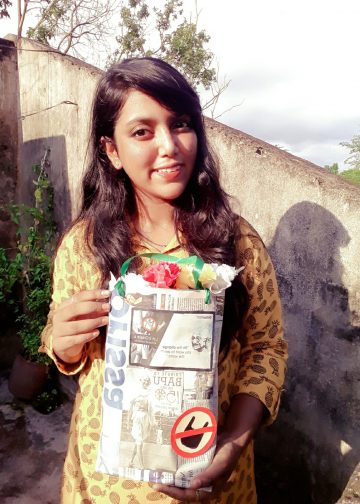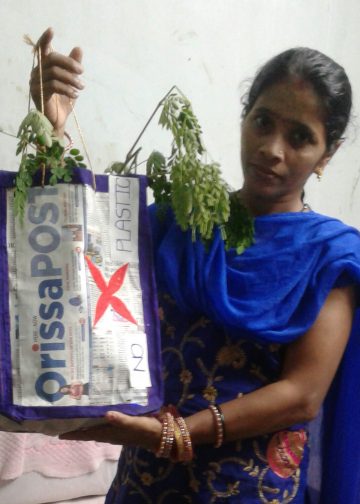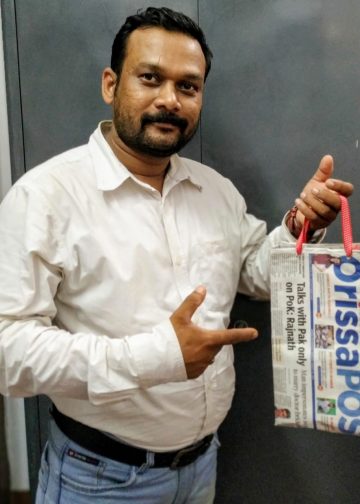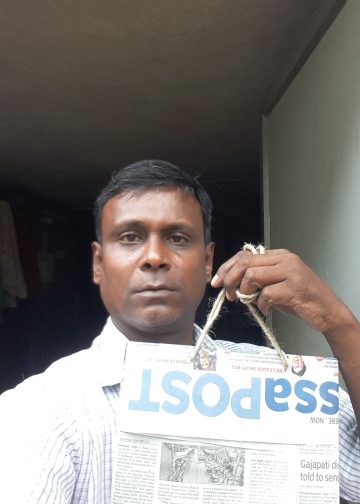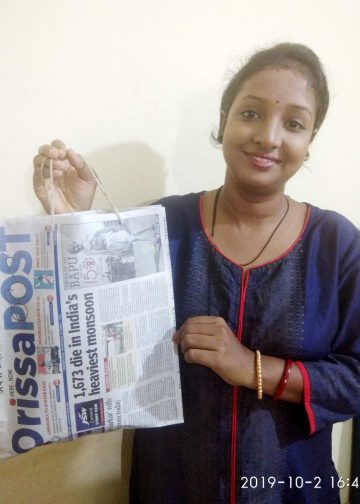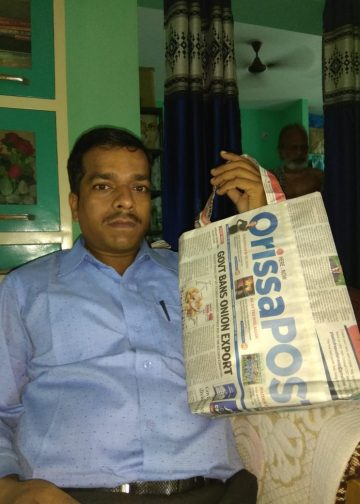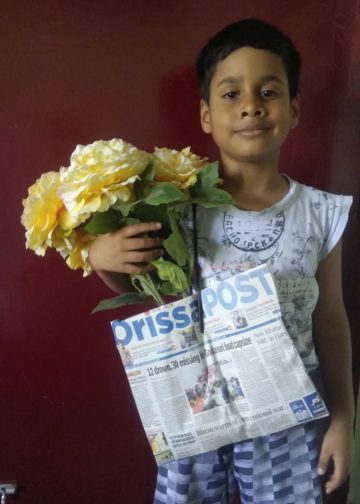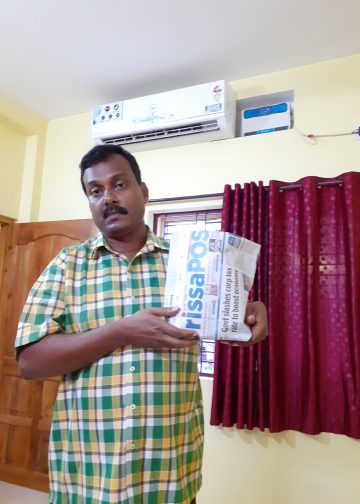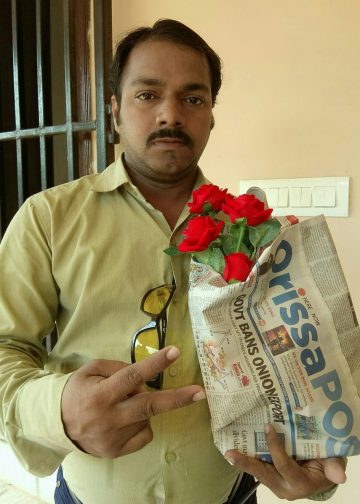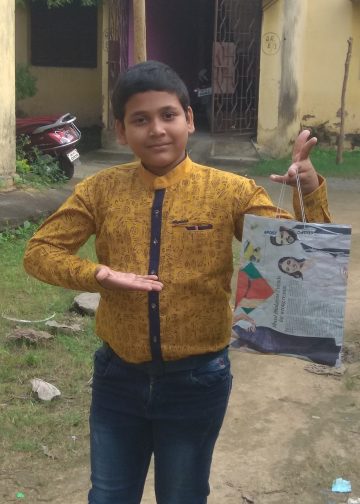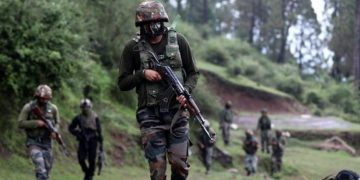The tradition and rituals of Srimandir, the abode of Lord Jagannath, are unique among all religious institutions in the country. The servitors of the 12th century shrine perform several routine as well as special rituals in keeping with the tradition of Srimandir.
Nagarjuna Besha of Lord Jagannath is a special ritual of Srimandir. Lord Jagannath is adorned with Nagarjuna Besha or Bira Besha (warrior attire) when Panchaka ritual in the Hindu month of Kartika is extended by a day.
As per the available documents at Srimandir, the Nagarjuna Besha of the deities was organised November 26, 1966. Similarly, Lord Jagannath and his elder brother were adorned with the warrior attire November 16, 1967 and November 3, 1968.
The temple documents claimed that the special ritual was performed November 26, 1993 after a gap of 27 years. The Shree Jagannath Temple Administration had organised the Nagarjuna Besha for the last time November 16, 1994. Lakhs of devotees from across the state and outside had witnessed the rare ritual. Since then, the temple administration has not organsied the unique ritual. There is no unanimity among researchers and authors with regard to the origin of the Nagarjuna Besha. The rare ritual does not find mention in the Srimandir Record of Rights.
Some researchers including Odia author Mahimohan Tripathy are of the opinion that Lord Jagannath is adorned with the Nagarjuna Besha in the sanctum sanctorum of Srimandir to mark the victory of Lord Parashuram, the sixth incarnation (avatara) of Lord Bishnu over a powerful king named Sahashrajuna. Lord Parashuram, a Brahmin by birth, had killed Sahashrajuna, a Khatriya (warrior community), in the epic battle.
Some other scholars including Professor Umesh Chandra Chinara claim that the Narajuna Besha is organised to remember a battle between Pandav warrior Arjuna and his son Nagarjuna in the Mahabharat war.
A few scholars also claim that the Nagarjuna Besha of Lord Jagannath combines the traditions of Vaishnavism and Shaivism. “The very idol of Lord Jagannath has some similarities with a serpent and a Shiva linga. The Lord is offered with a serpent hood like Tahia, headgear, during Rath Yatra. Thus, we can say that Nagarjuna Besha is the combination of Vaishnavism and Shaivism culture,” writes author Harihar Kanungo in his book Srijagannath ‘O’ Rath Yatra.
As per tradition, Lord Jagannath and Lord Balabhadra are adorned with several weapons including Chakra (wheel), Hala (plough), Musala (mace), dagger and knife during Nagarjuna Besha.
The Bhitarchhu Mahapatra, Talichhu Mahapatra, Khuntia Mekap and Pushpalak servitors decorate the deities during observance of this special ritual.
Some books on Jagannath culture claim that the family of a Khuntia servitor from Harchandi Sahi of Puri bore the expenses of Nagarjuna Besha. However, the family of a Daitapati servitor had incurred the cost of the ritual in 1993. In 1994, the SJTA had organised the ritual by spending money from the temple exchequer, writes Bhaskar Mishra, a former administrator of Srimandir, in his book Srijagannath Gyanakosa.
Some sources, meanwhile, claimed that the SJTA is mulling to organise the Nagarjuna Besha in 2020. But, there is no official confirmation of this.
Historical Vacuum
Writing history presupposes painstaking efforts to reconstruct what happened in a remote past in a manner that should ensure, as...
Read more







